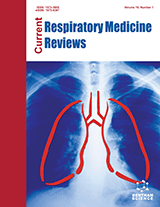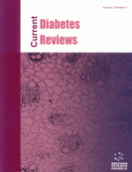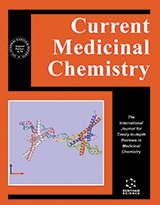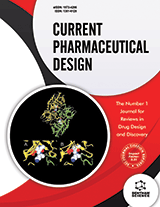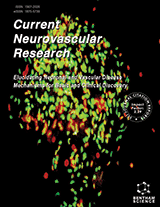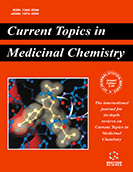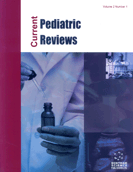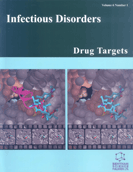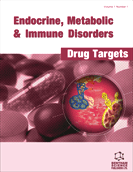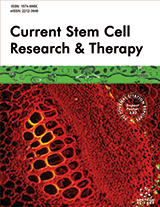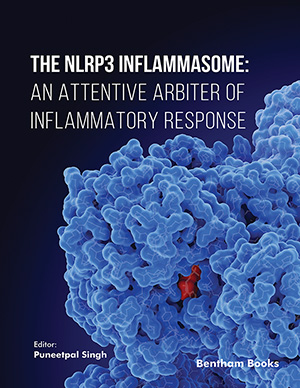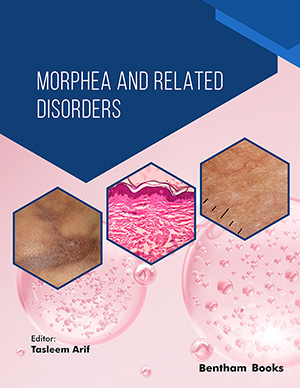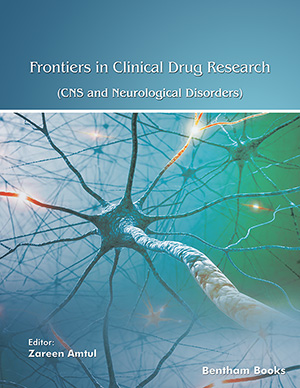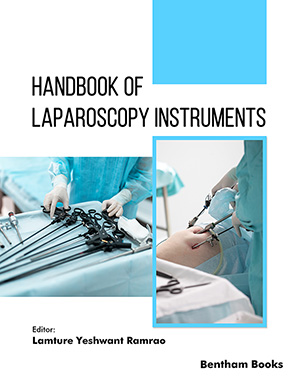Abstract
Diaphragmatic pacing, also known as electrophrenic respiration or phrenic pacing has been used for quite some time in patients with respiratory failure due to diaphragmatic paralysis. We present a case of patient with respiratory insufficiency due to unilateral phrenic nerve injury as a result of radiation therapy for breast cancer. The patient had a diaphragmatic pacer inserted, with significant recovery on her symptoms. Three years after this procedure, the patient recovered her phrenic nerve function, and this was confirmed by nerve conduction study.
Keywords: Diaphragmatic pacing, respiratory failure, diaphragm paralysis
Current Respiratory Medicine Reviews
Title: Long Term Recovery of Diaphragmatic Function in a Patient with Unilateral Diaphragmatic Pacemaker
Volume: 5 Issue: 1
Author(s): Salim Surani, Eva Elizabeth Ayala, Myriah McMillan, Elizabeth Sablonte and Pilar Acosta
Affiliation:
Keywords: Diaphragmatic pacing, respiratory failure, diaphragm paralysis
Abstract: Diaphragmatic pacing, also known as electrophrenic respiration or phrenic pacing has been used for quite some time in patients with respiratory failure due to diaphragmatic paralysis. We present a case of patient with respiratory insufficiency due to unilateral phrenic nerve injury as a result of radiation therapy for breast cancer. The patient had a diaphragmatic pacer inserted, with significant recovery on her symptoms. Three years after this procedure, the patient recovered her phrenic nerve function, and this was confirmed by nerve conduction study.
Export Options
About this article
Cite this article as:
Surani Salim, Ayala Elizabeth Eva, McMillan Myriah, Sablonte Elizabeth and Acosta Pilar, Long Term Recovery of Diaphragmatic Function in a Patient with Unilateral Diaphragmatic Pacemaker, Current Respiratory Medicine Reviews 2009; 5 (1) . https://dx.doi.org/10.2174/157339809787353994
| DOI https://dx.doi.org/10.2174/157339809787353994 |
Print ISSN 1573-398X |
| Publisher Name Bentham Science Publisher |
Online ISSN 1875-6387 |
 18
18
- Author Guidelines
- Graphical Abstracts
- Fabricating and Stating False Information
- Research Misconduct
- Post Publication Discussions and Corrections
- Publishing Ethics and Rectitude
- Increase Visibility of Your Article
- Archiving Policies
- Peer Review Workflow
- Order Your Article Before Print
- Promote Your Article
- Manuscript Transfer Facility
- Editorial Policies
- Allegations from Whistleblowers
Related Articles
-
Protein Glycation: An Old Villain is Shedding Secrets
Combinatorial Chemistry & High Throughput Screening Flow Chemistry to Control the Synthesis of Nano and Microparticles for Biomedical Applications
Current Topics in Medicinal Chemistry Arachidonic Acid Induces the Migration of MDA-MB-231 Cells by Activating Raft-associated Leukotriene B4 Receptors
Clinical Cancer Drugs Synthesis of New Cyanopyridine Scaffolds and their Biological Activities
Current Organic Synthesis Looking Beyond Inhibition of VEGF/mTOR: Emerging Targets for Renal Cell Carcinoma Drug Development
Current Clinical Pharmacology Zoledronic Acid -a Multiplicity of Anti-Cancer Action
Current Medicinal Chemistry Use of ‘Omic’ Approaches in Unraveling Mechanisms of Gene-Environment Interactions
Current Genomics Pathobiology and Prevention of Cancer Chemotherapy-Induced Bone Growth Arrest, Bone Loss, and Osteonecrosis
Current Molecular Medicine Predictive Efficacy Biomarkers of Programmed Cell Death 1/Programmed Cell Death 1 Ligand Blockade Therapy
Recent Patents on Anti-Cancer Drug Discovery ANN-QSAR Model for Virtual Screening of Androstenedione C-Skeleton Containing Phytomolecules and Analogues for Cytotoxic Activity Against Human Breast Cancer Cell Line MCF-7
Combinatorial Chemistry & High Throughput Screening Recent Patents Concerning Modulators of Protein Kinase C
Recent Patents on DNA & Gene Sequences Goniothalamin-Related Styryl Lactones: Isolation, Synthesis, Biological Activity and Mode of Action
Current Medicinal Chemistry Editorial (Thematic Issue: Metabolic Disorders, Drug Development, Drug Design and Biomarkers)
Current Pharmaceutical Design Headache: One of the Most Common and Troublesome Adverse Reactions to Drugs
Current Drug Safety Substance P Prevents Vascular Endothelial Dysfunction in Metastatic Breast Carcinoma
Protein & Peptide Letters Opportunities and Challenges in Nano-structure Mediated Drug Delivery: Where Do We Stand?
Current Nanomedicine Role of the Receptor Tyrosine Kinase Axl and its Targeting in Cancer Cells
Current Medicinal Chemistry Drug Metabolism and Transport Under Hypoxia
Current Drug Metabolism Histone Deacetylase Inhibitors in Cancer Therapy: New Compounds and Clinical Update of Benzamide-Type Agents
Current Topics in Medicinal Chemistry Molecular Modeling Studies of Estrogen Receptor Modulators
Current Computer-Aided Drug Design


